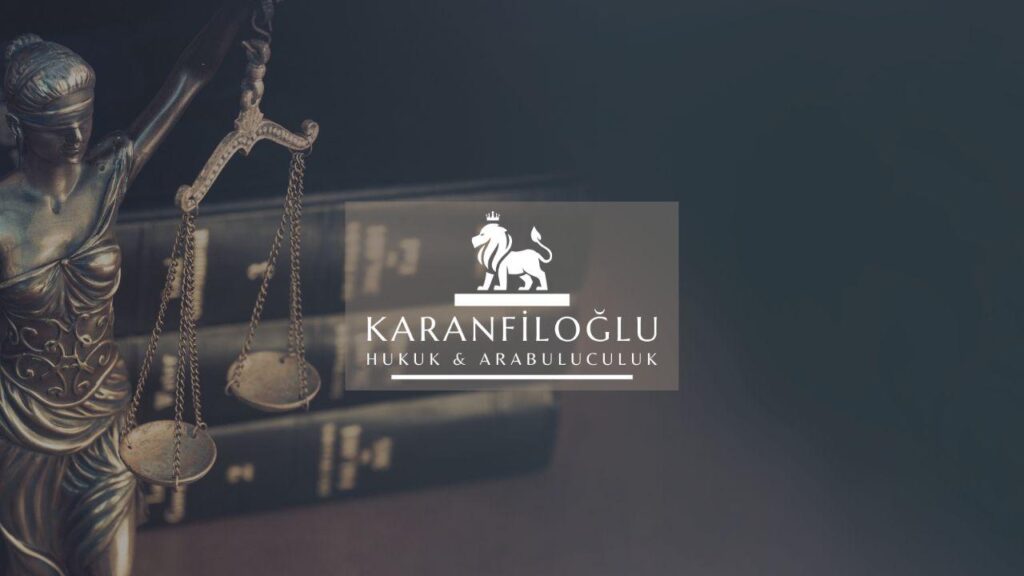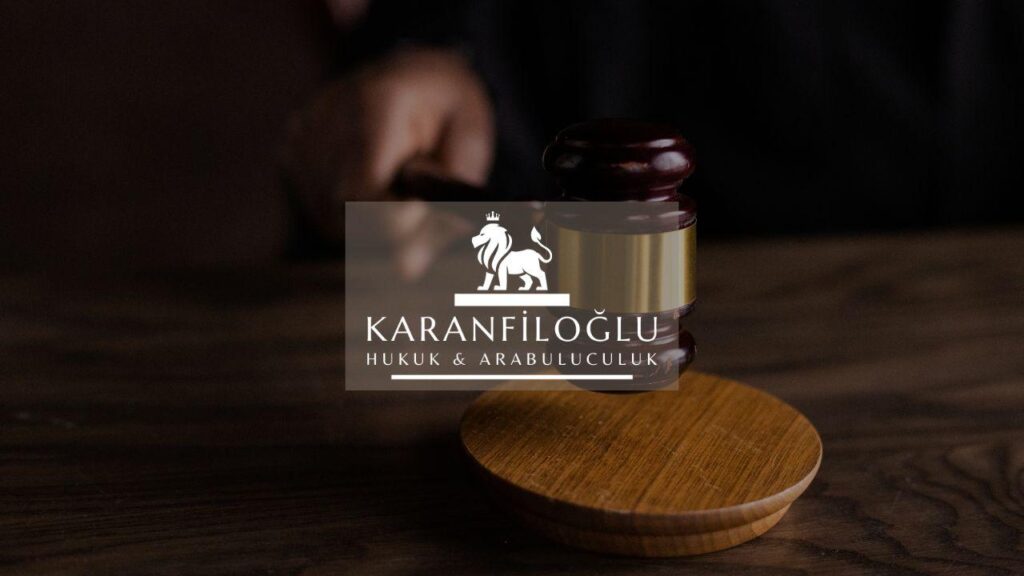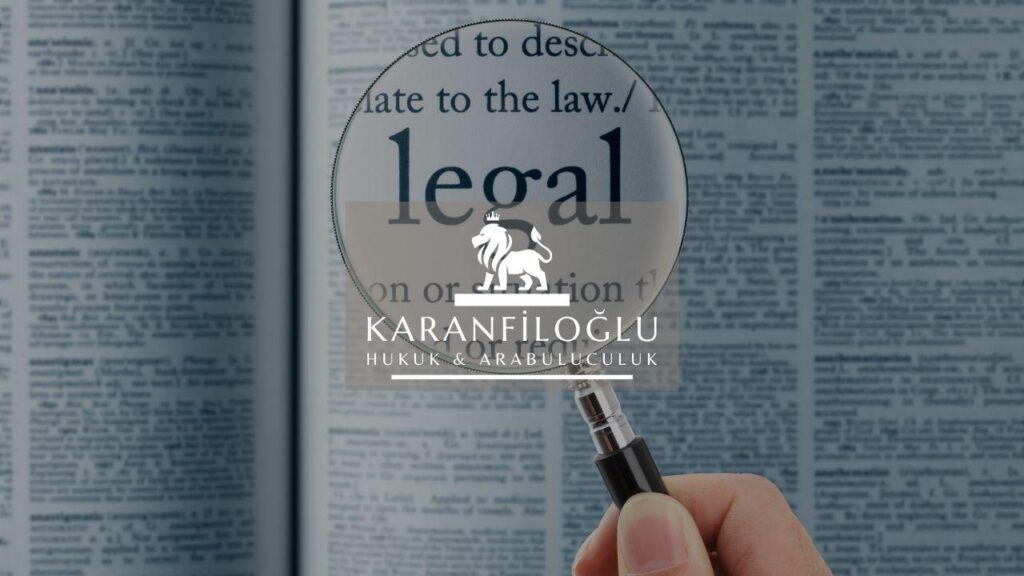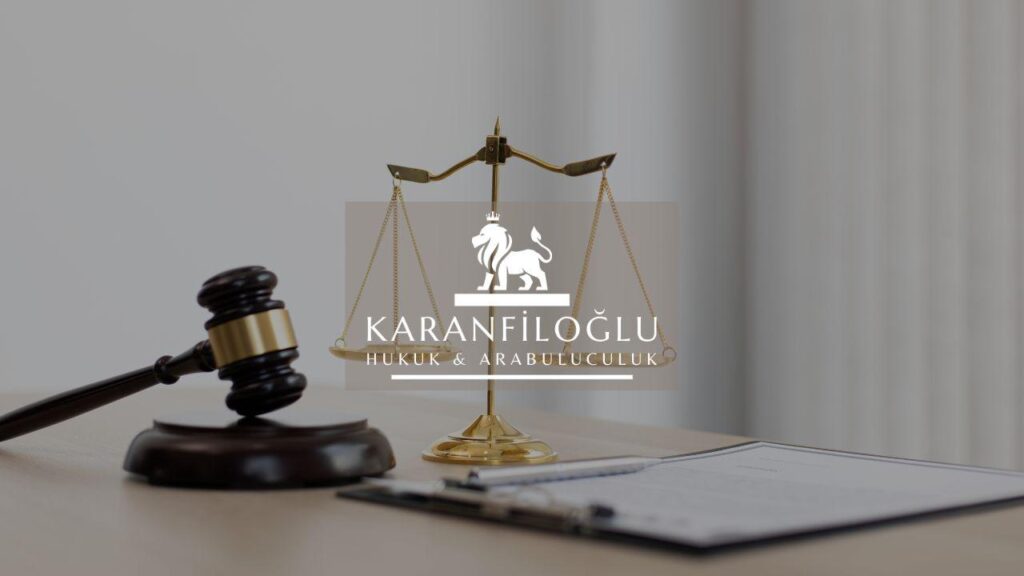Boundary disputes in Turkey can often become complex and contentious, necessitating a deep understanding of both legal provisions and procedural steps to resolve them satisfactorily. The Turkish Civil Code (Law No. 4721), particularly Articles 719 to 722, provides the statutory framework for resolving such disputes. Karanfiloglu Law Office is well-versed in mediating and litigating these conflicts, ensuring that property owners have their rights effectively protected and enforced. Additionally, Articles 12 and 14 of the Land Registry Law (Law No. 2644) outline the responsibilities of land registry offices in maintaining accurate records, which are crucial in any boundary dispute. Our experienced legal team offers comprehensive services, from initial consultations to meticulous examination of cadastral maps and land registry records, ensuring that every aspect of your case is thoroughly addressed. By combining rigorous legal strategy with a deep understanding of Turkish property laws, Karanfiloglu Law Office is dedicated to guiding clients through the process of resolving boundary disputes efficiently and effectively.
Understanding Turkish Property Laws and Regulations
Understanding Turkish property laws and regulations is fundamental for resolving boundary disputes effectively. The Turkish Civil Code (Law No. 4721) provides a solid legal foundation, with Articles 719 to 722 specifically addressing property boundaries and rights. These articles define the rights of property owners and outline mechanisms for resolving disputes, including the roles of land surveyors and court interventions. Additionally, the Land Registry Law (Law No. 2644) Articles 12 and 14 emphasize the importance of accurate and up-to-date cadastral records, maintained by land registry offices, to prevent and resolve conflicts. A thorough comprehension of these regulations allows property owners to navigate the complexities of boundary disputes more efficiently and seek the appropriate legal remedies. Karanfiloglu Law Office leverages this legal framework to offer specialized advice and representation, ensuring our clients’ property rights are robustly defended.
In practice, the process of resolving boundary disputes in Turkey begins with a detailed examination of the cadastral maps, which are overseen by the Cadastre and Land Registry Directorate. These maps, which must be accurate and reflective of the current boundaries, are fundamental in identifying the exact demarcations of properties. When discrepancies arise, it is crucial to conduct a new cadastral survey, if necessary, to establish the true boundaries. Articles 101 and 102 of the Cadastre Law (Law No. 3402) particularly address the procedures for correcting and updating cadastral maps, emphasizing the importance of precision in these records. Engaging experienced land surveyors, who can provide expert testimony and detailed reports, often becomes essential. The expertise of Karanfiloglu Law Office in interpreting these maps and collaborating with certified professionals ensures that the appropriate legal arguments are put forth in any dispute, greatly enhancing the prospects of a favorable resolution.
In cases where negotiations and cadastral reviews fail to resolve the boundary dispute amicably, litigation might become necessary. The Turkish Civil Procedure Law (Law No. 6100), particularly Articles 611 and 612, provide guidelines for the judicial process in boundary disputes. These provisions allow for the presentation of cadastral maps, expert reports, and witness testimonies to support the claims. Karanfiloglu Law Office adeptly navigates these procedural requirements, presenting comprehensive and persuasive arguments to the court. Our seasoned attorneys ensure that all documentary evidence, including land registry records and cadastral updates, are meticulously compiled and presented. Additionally, we work closely with clients to prepare for any necessary court appearances, ensuring their rights and interests are vigorously defended. With Karanfiloglu Law Office’s expertise, clients can face litigation with confidence, knowing they have experienced legal advocates dedicated to achieving optimal outcomes in boundary dispute cases.
Key Procedures and Documents Required for Boundary Disputes
The initial step in resolving a boundary dispute in Turkey involves gathering all pertinent documents and records. This includes obtaining a certified copy of the title deed from the Land Registry Office, which is governed by Articles 12 and 14 of the Land Registry Law (Law No. 2644). Additionally, cadastral maps, which are crucial for determining the exact boundaries of the property, must be reviewed and may be requested from the relevant Cadastre Directorate. It is essential to ensure that all property-related documents are up-to-date and accurately reflect the boundaries to avoid any discrepancies. The comprehensive examination of these documents lays the foundation for any subsequent legal action, such as mediation or litigation, and forms a critical part of the procedural framework established under Articles 719 to 722 of the Turkish Civil Code (Law No. 4721). At Karanfiloglu Law Office, we specialize in meticulously analyzing these documents to provide our clients with a strong basis for resolving their boundary disputes.
Once the necessary documents are gathered and reviewed, the next step involves engaging in mediation, which is a beneficial and often mandatory preliminary step under Turkish law for resolving disputes out of court. Mediation focuses on facilitating a mutually agreeable resolution between the parties involved, aiming to avoid the lengthy and costly process of litigation. According to the Turkish Mediation Law (Law No. 6325), mediation can be a compulsory step for certain types of civil disputes, including those related to boundaries. During mediation sessions, a neutral mediator works with both parties to find a fair and practical solution. If successful, the terms of the agreement are documented and signed by both parties, forming a legally binding resolution. At Karanfiloglu Law Office, we have experienced mediators who are adept at guiding our clients through this process efficiently, ensuring their interests are fully represented and protected.
If mediation does not result in a satisfactory resolution, the dispute can be escalated to the courts for litigation. This formal legal process involves filing a lawsuit and presenting evidence to establish the rightful boundaries of the disputed property. Under Articles 719 to 722 of the Turkish Civil Code and relevant provisions of the Civil Procedure Law (Law No. 6100), the court will consider the existing land records, expert witness testimonies, and any additional evidence presented by both parties. During litigation, it may also be necessary to conduct a site visit or survey by a court-appointed expert to provide an unbiased assessment of the boundary lines. The court’s final decision is binding and enforceable, providing a definitive resolution to the boundary dispute. At Karanfiloglu Law Office, our seasoned litigators are equipped to represent clients vigorously, ensuring their property rights are upheld through every stage of the legal process.
Navigating Court Processes and Litigation in Boundary Disputes
Navigating court processes and litigation in boundary disputes necessitates a comprehensive grasp of the procedural and substantive legal requirements under Turkish law. Initiating a lawsuit typically begins with filing a petition at the Civil Court of Peace, as per Article 4 of the Turkish Civil Procedure Code (Law No. 6100). This petition should detail the nature of the boundary dispute, supported by documentary evidence such as cadastral maps and land registry records. During litigation, the court may appoint expert witnesses, as set out in Article 266, to conduct on-site inspections and provide technical opinions. Throughout this process, adhering to the timelines and procedural steps is crucial, as failure to comply can result in the dismissal of the case. Karanfiloglu Law Office can assist clients by preparing detailed legal documentation, representing them in court hearings, and coordinating with experts to ensure a robust defense or claim.
Another critical aspect of litigating boundary disputes is the presentation of evidence and examination procedures as prescribed by the Civil Procedure Code. According to Article 222, documents bearing proof of ownership, historical property surveys, and witness testimonies play a significant role in substantiating claims or defenses. The court may utilize Article 282 to demand further clarification or additional documentation if initial evidence is deemed insufficient. Cross-examination of expert witnesses and opposing parties is conducted to ascertain the factual accuracy of the presented evidence. Articles 177 and 179 outline the admissibility and weighing of these evidences, ensuring that the court’s decision is based on reliable and credible information. At Karanfiloglu Law Office, we meticulously prepare and organize all necessary evidence, ensuring compliance with procedural rules to build a convincing case. Our diligent representation aims to effectively protect our client’s interests and achieve favorable outcomes in these disputes.
Once the evidence has been presented and examined, the court will deliberate and render a judgment based on its findings. According to Article 297 of the Civil Procedure Code, the decision must be clear and comprehensively address all issues raised during the litigation process. If either party is dissatisfied with the judgment, they have the right to appeal to the regional appellate courts as outlined in Article 341. The appellate process involves a thorough review of the initial court’s decision and the presented evidence, ensuring no procedural errors or misappreciation of facts occurred. Karanfiloglu Law Office offers robust appellate services, guiding clients through each stage of this complex process from drafting appeal petitions to representing them in appellate hearings. Our strategic approach seeks to rectify any unfavorable outcomes while safeguarding clients’ rights, providing them with the best possible legal recourse in boundary disputes.
Disclaimer: This article is for general informational purposes only and you are strongly advised to consult a legal professional to evaluate your personal situation. No liability is accepted that may arise from the use of the information in this article.







